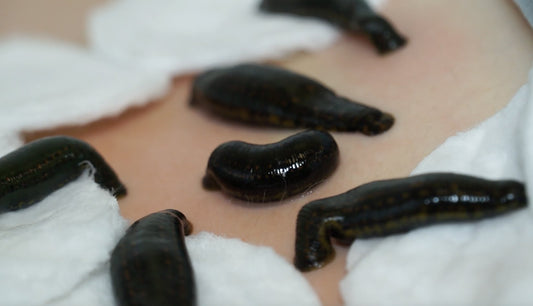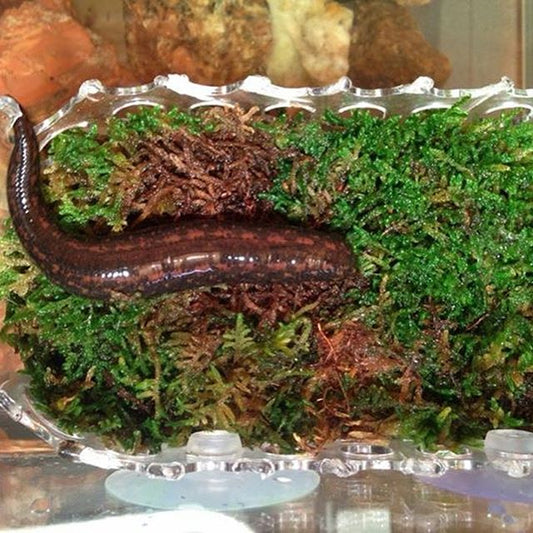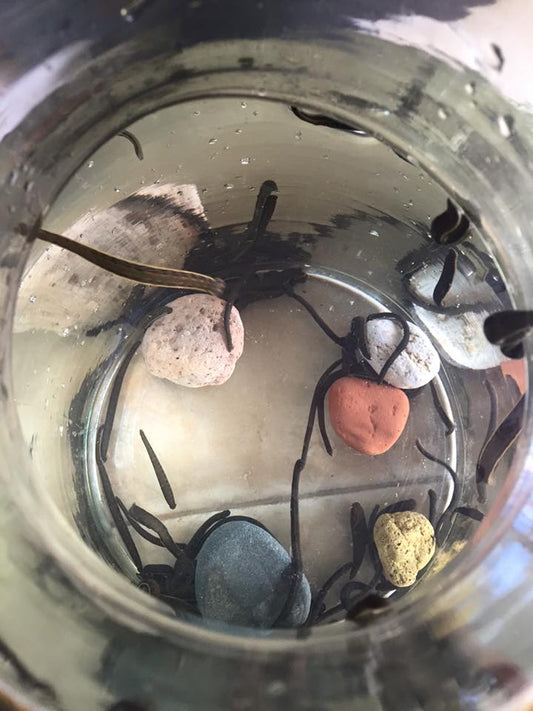Leech Breeding

Russia Boasts Having Biggest Leech Farm
http://www.digitaljournal.com/news/odd+news/op-ed-russia-boasts-world-s-largest-leech-farm/article/422530 Op-Ed: Russia boasts world's largest leech farm Posted Jan 3, 2015 by Ken Hanly Although there are more than 300 species of leeches it is only varieties of the hirudo...
Russia Boasts Having Biggest Leech Farm
http://www.digitaljournal.com/news/odd+news/op-ed-russia-boasts-world-s-largest-leech-farm/article/422530 Op-Ed: Russia boasts world's largest leech farm Posted Jan 3, 2015 by Ken Hanly Although there are more than 300 species of leeches it is only varieties of the hirudo...

How to Breed Leeches at Home or Start a Leech F...
How to set up a leech habitat for pregnant leeches and to be able to breed leeches at home on a small scale. If you’ve been a having a dream...
How to Breed Leeches at Home or Start a Leech F...
How to set up a leech habitat for pregnant leeches and to be able to breed leeches at home on a small scale. If you’ve been a having a dream...

Leech Breeders' Guide to LEECH WATER CHANGING. ...
Today I am going to show you as my collection has grown bigger how I change my leech water. I called these “my wild beast” because there are so many...
Leech Breeders' Guide to LEECH WATER CHANGING. ...
Today I am going to show you as my collection has grown bigger how I change my leech water. I called these “my wild beast” because there are so many...






